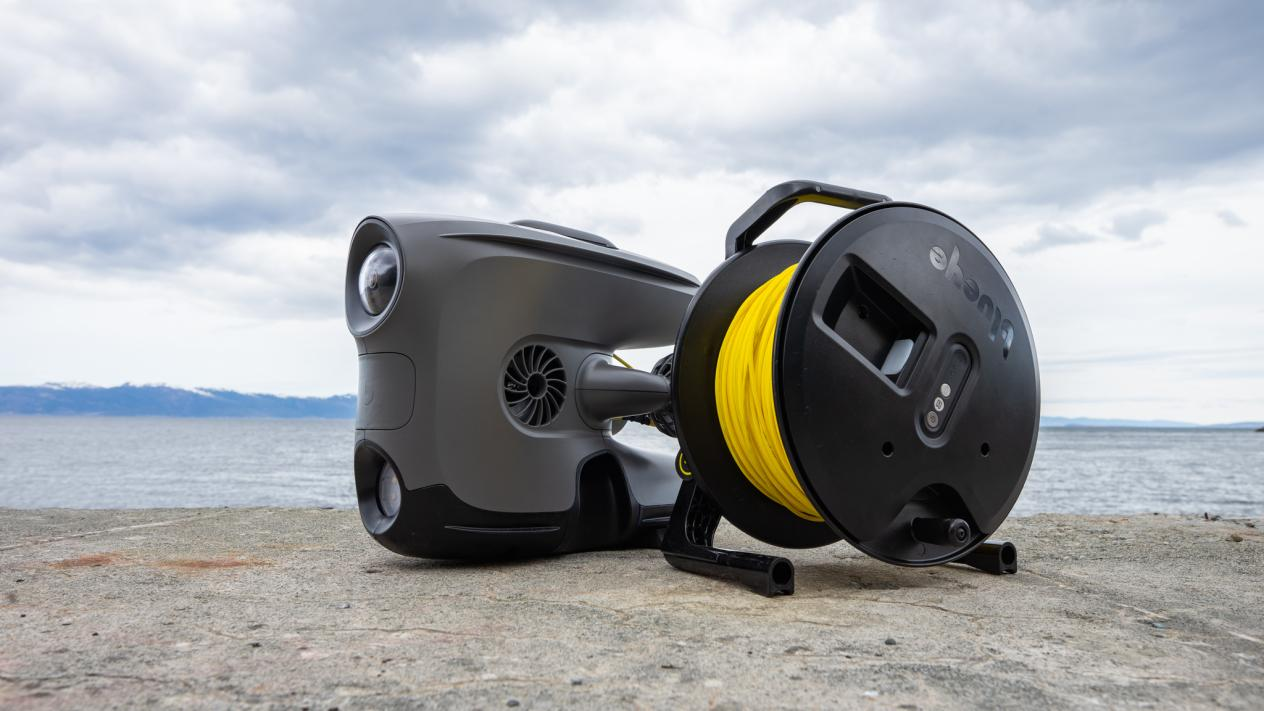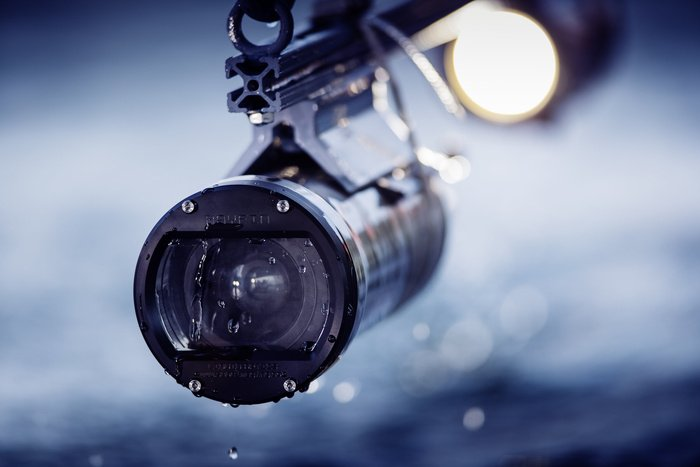Engineering teams must execute exact measurements to 1 millimeter precision because they operate in dangerous locations near ocean waters. Independent inspection systems have become indispensable for operators who explore deep water installations as they protect both infrastructure strength and operational security alongside asset longevity. Intelligent monitoring systems which link data analytics systems with machine learning capabilities and ruggedized sensor array systems help engineers monitor complex marine installations in real time.

The core redevelopment of this process depends on modern multi-layered sensor systems. The sensors placed throughout foundation structures monitor foundation variables including seabed settlement and corrosion rates and installation load distribution in real-time. This technological approach differs from spot-check testing since it generates whole-scene awareness capabilities by spotting 0.5mm small movements immediately.
Installation planning receives revolutionary benefits from predictive machine learning models for integration into its operations. Operating off 1,200+ offshore installations allows these systems to predict seabed responses to vibration forces with an accuracy rate of 94%. Predictive algorithms regulating hammer energy seventeen times throughout a North Sea jacket installation allowed the operation to finish twenty-two hours earlier than traditional approaches. The accurate deployment planning becomes crucial during confined tidal times because delayed operations create daily costs reaching up to $500,000.

Inspection drones coupled with laser scanners detect subsea components in turbid waters to a measurement standard of 0.1 millimeters. Subsea units are used to detect proper positioning between piles and transition pieces before performing concrete grouting procedures. Following installation the comparison between 3D engineering models and as-built construction conditions takes 72 hours to execute without exposing personnel to any danger. This process was previously done by dive teams over three-week periods.
The organization now implements proactive condition assurance instead of its former reactive operational model. Digital monitoring systems of cathodic protection have enabled smart nodes to analyze overall structure potential gradients followed by automatic current regulation for localized area defense.
The future development of digital twin integration continues to advance boundaries in new directions. The virtual replicas of developing structures receive real-time data streams through ROVs and embedded sensors as well as installation vessels. Engineers manipulate simulated double entities to model various installation contexts followed by procedure sequence optimization before beginning physical operations execution.
Offshore expansion into remote areas will result in Intelligent monitoring systems becoming the main force for precise installation development moving forward. Their exceptional data analytics capabilities transform disordered environmental data into useful information which marks both a technical development and a significant advancement of human abilities to achieve secure and sustainable ocean energy collection.
